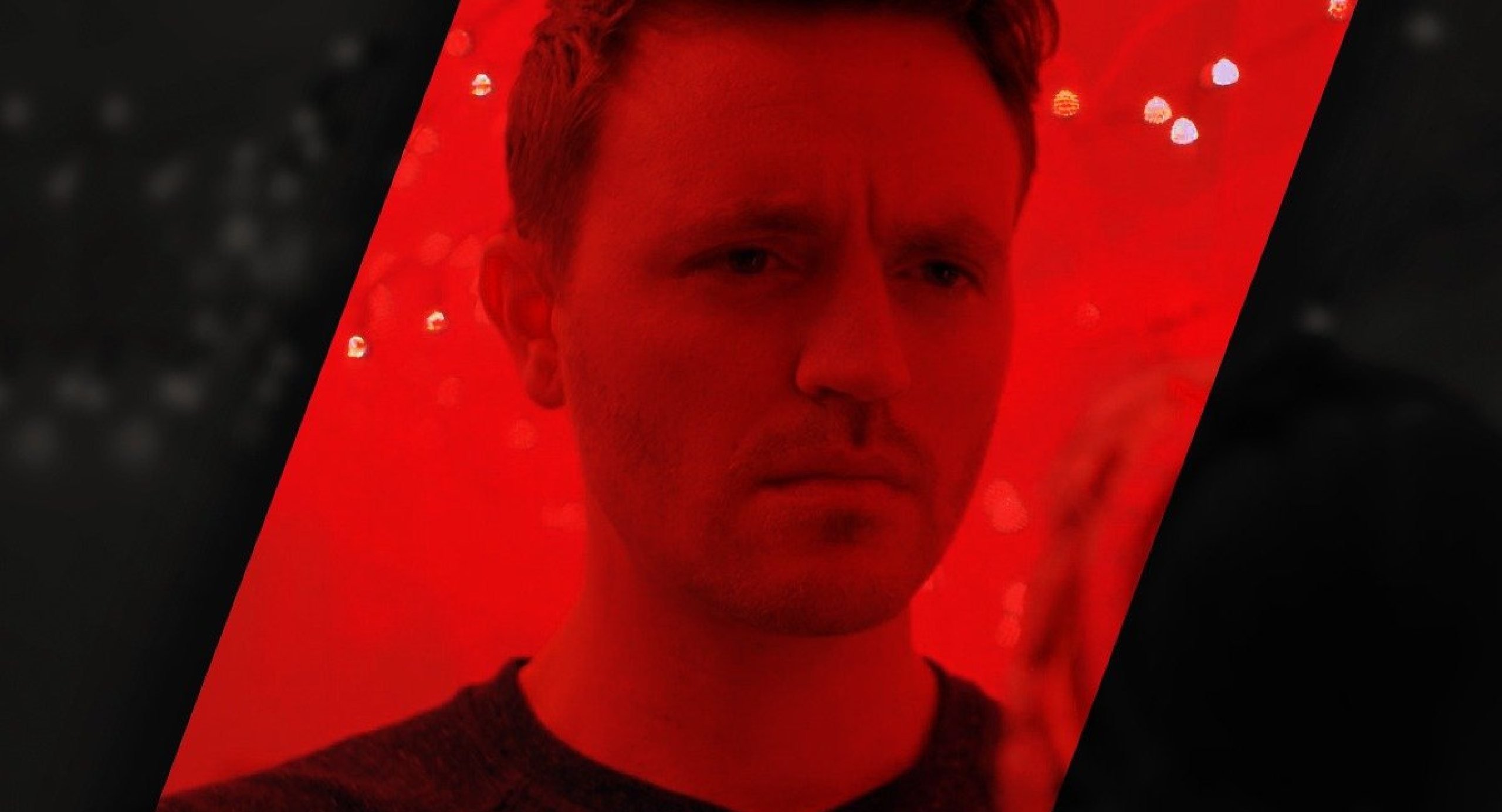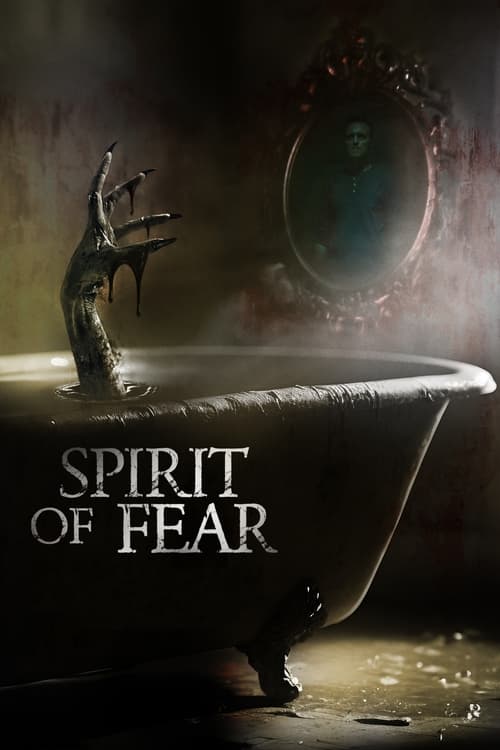Spirit of Fear – Film Review
Published August 1, 2023

A man wakes in an empty suburban house with no memory and blood smeared on his arm. As he frantically washes off the blood, he discovers that it is not his. He finds sticky notes around the house that read: “Don’t stay in this room.” “Don’t go outside.” “Don’t go downstairs.” Confused, he tries to follow the cryptic messages, ultimately discovering two things. Memories of a mother and daughter that he is somehow connected with, and also a demonic presence living in this suburban house. As he gets closer to solving the mystery of why he is there, the demon grows stronger, testing his will to survive.
Spirit of Fear, directed by Alex Davidson, presents a gripping and tense narrative that successfully captivates the audience throughout its runtime. This psychological horror film defies expectations by employing a minimalist approach, relying heavily on atmosphere and the protagonist’s physical expressions to create an unnerving experience. While the plot centers on a man waking up in an unfamiliar suburban house with no memory, the film manages to build suspense and keep viewers on the edge of their seats despite the limited setting and relatively few characters.
The movie opens with a powerful and enigmatic sequence as the protagonist, portrayed excellently by Christopher Lee Page, wakes up in a state of confusion and distress. Blood smeared on his arm instantly sets the tone for the impending mystery and horror. The use of atmospheric lighting and a haunting score enhances the sense of dread as the man frantically washes off the blood. The lack of dialogue in these early scenes demonstrates the film’s commitment to visual storytelling, allowing Page’s facial expressions to carry the weight of the narrative.
The introduction of sticky notes with cryptic messages scattered throughout the house deepens the intrigue and sets the protagonist on a quest to unravel the mysteries of his presence in this eerie environment. As he discovers that the memories of a mother and daughter are somehow connected to him, the film delves into psychological territory, heightening the emotional stakes for both the character and the audience. The decision to avoid over-explaining the supernatural elements adds an air of ambiguity, keeping viewers guessing and engaged.
The true strength of Spirit of Fear lies in its ability to create tension and discomfort with simplicity. Much of the film involves the protagonist exploring the house, and yet, every step he takes feels laden with peril. The subtle use of sound design and the masterful manipulation of shadows contribute to the overall sense of unease. Even mundane actions, like opening a door or turning a corner, become nerve-wracking experiences. This impressive achievement is a testament to Alex Davidson’s skill as a director, as well as the cinematographer’s artful execution.
Christopher Lee Page’s performance as the lead is nothing short of remarkable. Despite having minimal dialogue, Page conveys a wide range of emotions through his facial expressions alone. His portrayal of fear, confusion, and determination breathes life into the character and makes him a compelling focal point. Page’s ability to emote so effectively contributes significantly to the film’s success in generating genuine fear in the audience. His performance, combined with the atmospheric direction, serves as a testament to the power of visual storytelling in horror cinema.
Additionally, the film’s use of a demonic presence adds an intriguing layer of supernatural terror. The demon lurking in the shadows amplifies the protagonist’s fear and raises the stakes as he gets closer to uncovering the truth. Davidson skillfully employs practical effects and subtle CGI to create a malevolent entity that haunts both the character and the viewers long after the credits roll.
One minor drawback of the film is the occasional sluggish pacing. While the deliberate build-up of suspense is one of the film’s strengths, there are moments where the narrative feels unnecessarily drawn-out. Some tighter editing could have enhanced the overall impact of the story, making it even more gripping and intense.
Spirit of Fear‘s technical aspects are praiseworthy, with meticulous attention to detail in both set design and cinematography. The house itself becomes a character in its own right, providing a claustrophobic and labyrinthine backdrop for the protagonist’s torment. The lighting choices expertly heighten the tension, while the use of practical effects further immerses the audience into this nightmarish scenario.
Spirit of Fear is a commendable psychological horror film that succeeds in creating an unsettling and tense atmosphere. Alex Davidson’s skillful direction, paired with Christopher Lee Page’s exceptional performance, keeps viewers on the edge of their seats despite the relatively simple premise of a man navigating a haunted suburban house. The film’s ability to evoke fear and discomfort through minimalist storytelling is impressive and highlights the power of visual communication in the horror genre. While there are some moments of pacing that could be improved, Spirit of Fear is undeniably an effective and haunting cinematic experience. Horror enthusiasts and fans of atmospheric storytelling will find this film a worthy addition to the genre.
